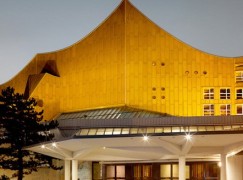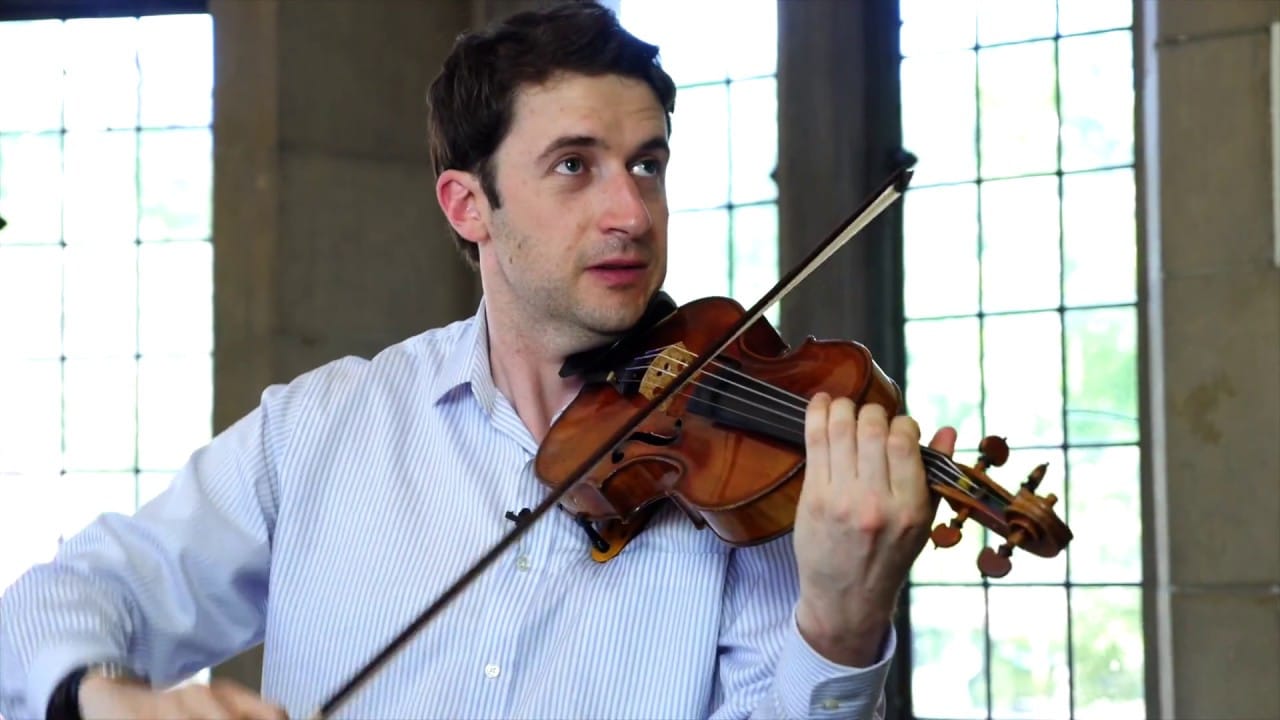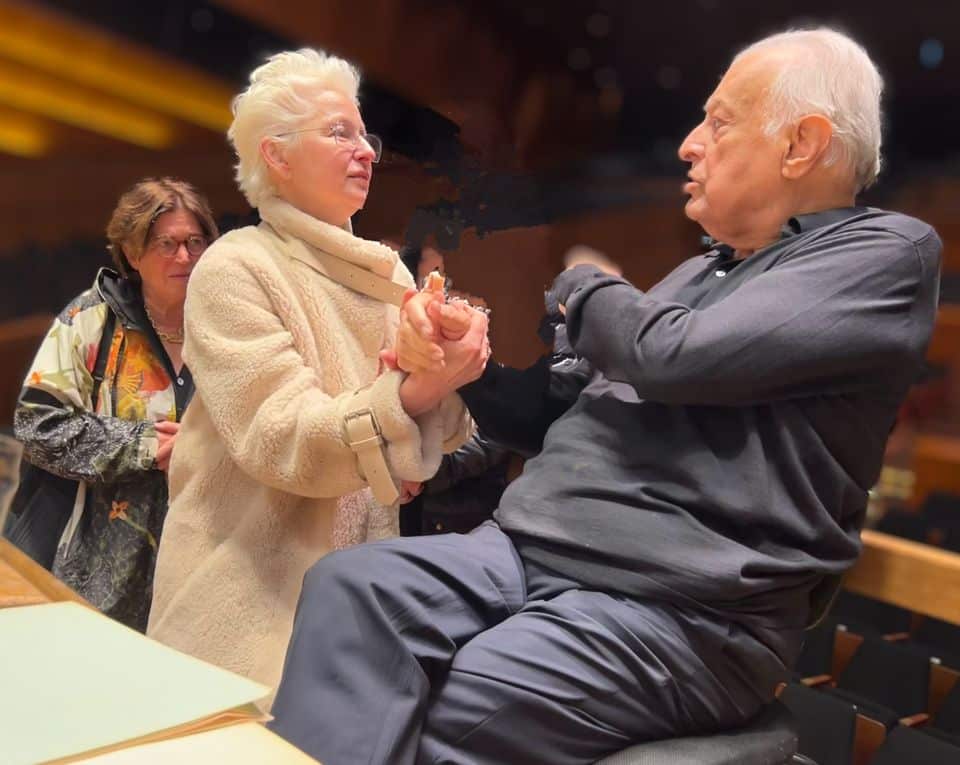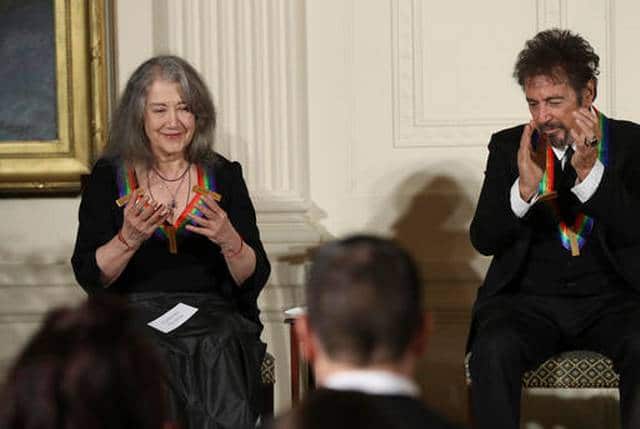Berlin pays $100 a night for your seat at the Philharmonic
OrchestrasSome fascinating stats on public subsidies in BZ-Berlin.
A sampling:
Berliner Philharmoniker: Audience: 241,730, occupancy/seat: 86.4%, ticket revenue: 55.20 euros per seat, subsidy per seat: 110.10 euros, subsidy share: 50%, performances 133
Konzerthaus: Audience 139,585, occupancy: 79.9%, ticket revenue: 26.50 euros, subsidy: 154.10 euros, subsidy share: 73.6%, performances: 283
Staatsoper Unter den Linden: Audience: 232,963, occupancy/seat: 81.6%, ticket revenue: 55.40 euros, subsidy per seat: 255.80 euros, subsidy share: 78%.
Deutsche Oper: Audience: 243,649, Occupancy/seat: 66.4 %, earnings per seat: 35 Euros, subsidy per seat: 216 Euros, subsidy share 80.4 %,.
More here






Comments